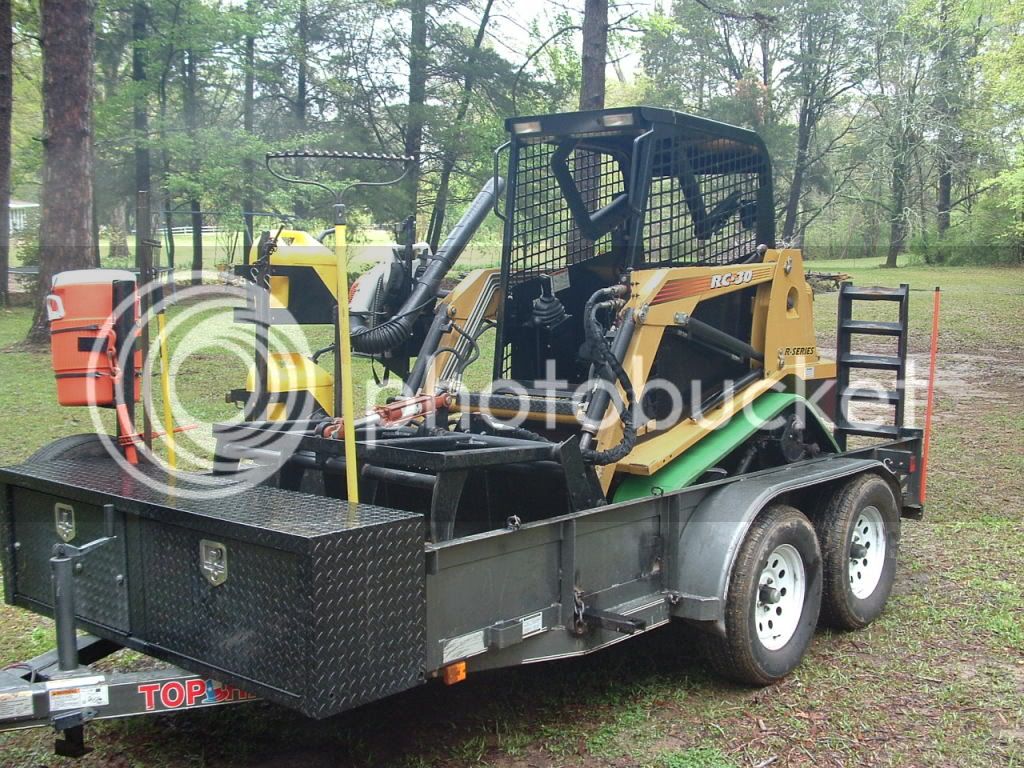This thread is covering a lot of ground, and there's a lot that's caught my attention in individual posts, but rather than respond to them all, individually, I'm just gonna write a missive and see what sticks.
Ice storms seem to generate more in the way of tree reparation--at least that's been my experience. Not to say that you don't get into the whole "euc man" persona on occasion, removing uprooted trees from houses, cutting down trees that have been tweeked beyond repair, or taking out whole leaders that have been damaged with no hope of regeneration. But by and large, for a climber, ice storms involve removing hangers and cracked branches and knowing tree species and how they will respond to bigger cuts.
A general rule that I've used in pruning is to never take a branch back to a side branch that is less than one-third the diameter of the main branch you are working on. But rules are made to be broken. Sometimes, when there are no healthy, structurally sound sides branches, I'll stub the main branch off rather than taking it back to the trunk. I'll do this when the tree is a quick-growing species, or has become very lopsided and I want to fill in a blank area, or the cut back to the branch collar will be so large that the already storm-impacted tree will need more resources to heal the new wound. This kind of reparation isn't a one shot deal and necessitates returning over a period of a few years to "groom" the new growth or maybe remove the shootless stub. Storm reparation is becoming a lost art as the technical climbing expertise to limb walk and set up safely using two ropes, and to make the correct cuts using polesaws and handsaws seems beyond the sensibilities, patience, and capabilities of many climbers.
I've worked many more hurricanes than ice storms, and what I've seen is that typically the severity of damage (big uprooted trees impacting roofs and hung up in other trees; tops blown out; trees wrecked beyond repair; backyards crisscrossed with a dozen trees) is much greater than ice storms. This doesn't mean though that the amount of work is greater. A big ice storm can sometimes cover a greater area than a 'cane and the work can go on for months. Obviously, buckets are a huge asset if you are working a winter ice storm. Climbing frozen trees sucks, period.
I've learned not to chase 'canes unless they impact a moderately to heavily populated area and the winds have been consistently clocked at over 100 mph. The idea is to get to ground zero quickly and establish a work perimeter, just like you are going to war, which in effect, you are. Typically, depending on the size and power of the 'cane, the big money will be made in the first two to three weeks--removing trees from houses and other structures that are insured. The first two questions I ask a HO is "What did your insurance agent say?" and "Did you take photos?" The usual responses are: "My agent said do whatever it takes." and "I took two rolls of film." At this point, it's pretty much name your own price, especially if the structural integrity of the house is in question, or the roof needs a temporary patch once the offending tree is removed. Offering to cover the HOs deductible and to patch the roof once the tree is off usually seals the deal.
Because every Little Tom Hacker and his merry band of shoeless tree urchins has now discovered that hurricanes can equate into fast money, it's important to establish yourself quickly in a suburban area and use your first jobs as references for future work. If all goes well it will be a chain reaction. The hackers will quickly work themselves out of a neighborhood due to all the collateral damage they do, their cut throat, swaggering mentality, or simply that they look more like pirates than tree men. What will set your apart from the "barefoot boys" is a professional attitude and the ability to convince the HO that you have the technical ability to safely remove several tons of wood from their home without causing additional damage. Having a photo album of past storms you have worked, references, or access to a crane can sometimes be the difference between landing a $9500 insurance job and clearing someone's driveway by the hour--not to say that good money can't be made freeing up a doctor's or lawyer's driveway. Personally, I like to finish a job once I've started it, ie, getting all the dangerous, threatening stuff done. You can always come back for the pruning and tree reparation. Having two or more competent climbers is a big plus, as you can be bidding the next job as your buddy is finishing up one.
I generally work as long as there is light, so 12-14 hour days, seven days a week are SOP. But there will come a point when you need to just back off, do some bidding and maintenance, and rest your body. Otherwise, you'll burn out and fry. Camping out while doing all this is sometimes necessary as accomodations are stretched thin. Personally, I like to motel it or rent a room in a house because if I'm working those long hours I need some creature comforts.
The thing that turns me on the most about 'canes is that you often have to improvise to get a job done. The degree of technical difficulty can be huge. I've done jobs by hand that very few others would touch without a crane. These jobs are both extremely satisifying and finanacially rewarding. And in the end, that's what it's all about.
























































